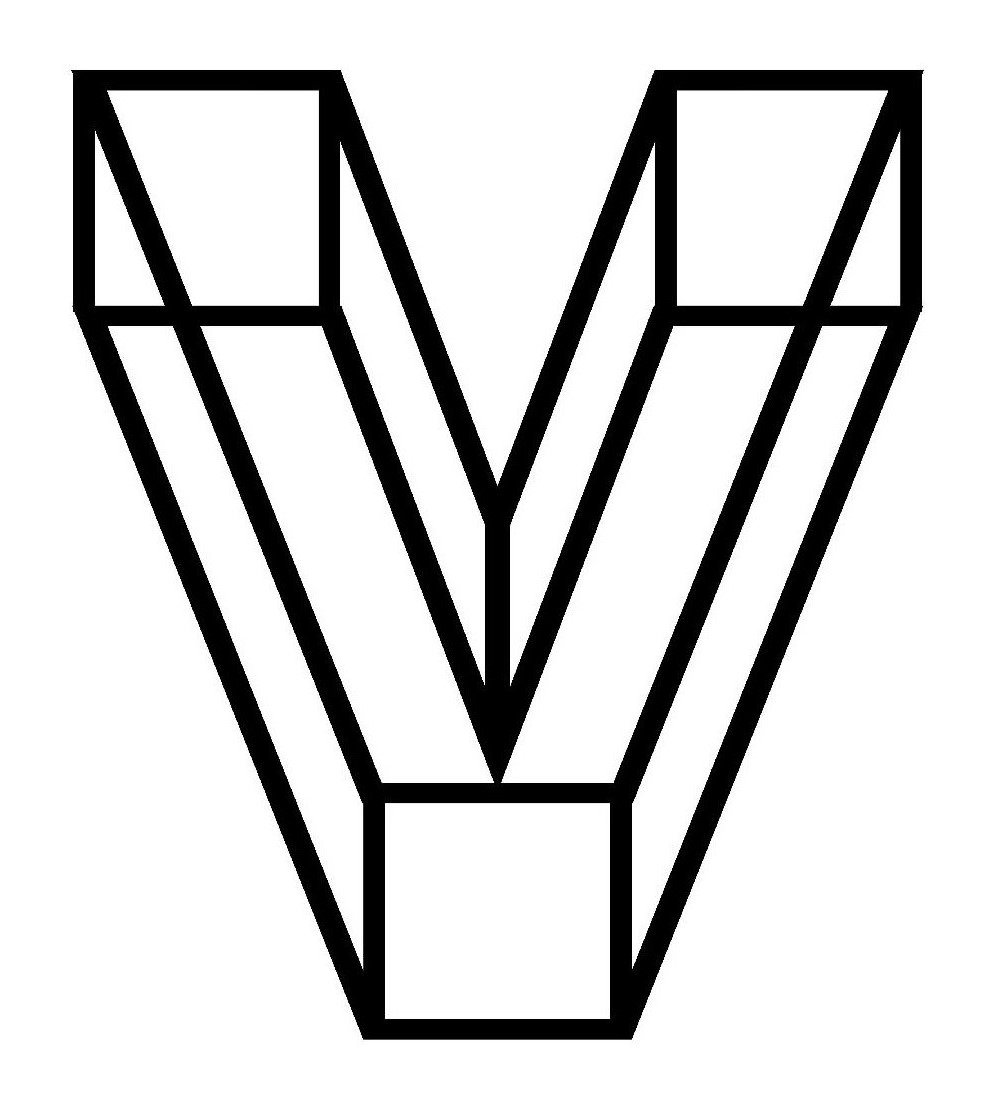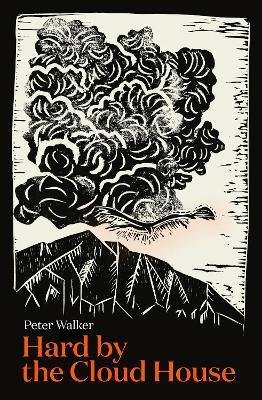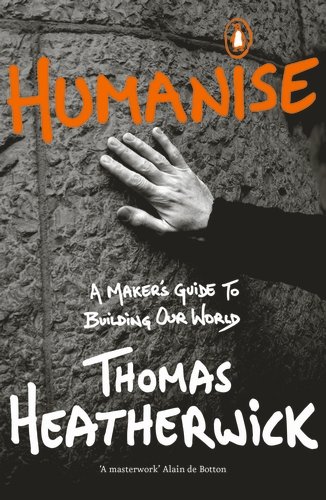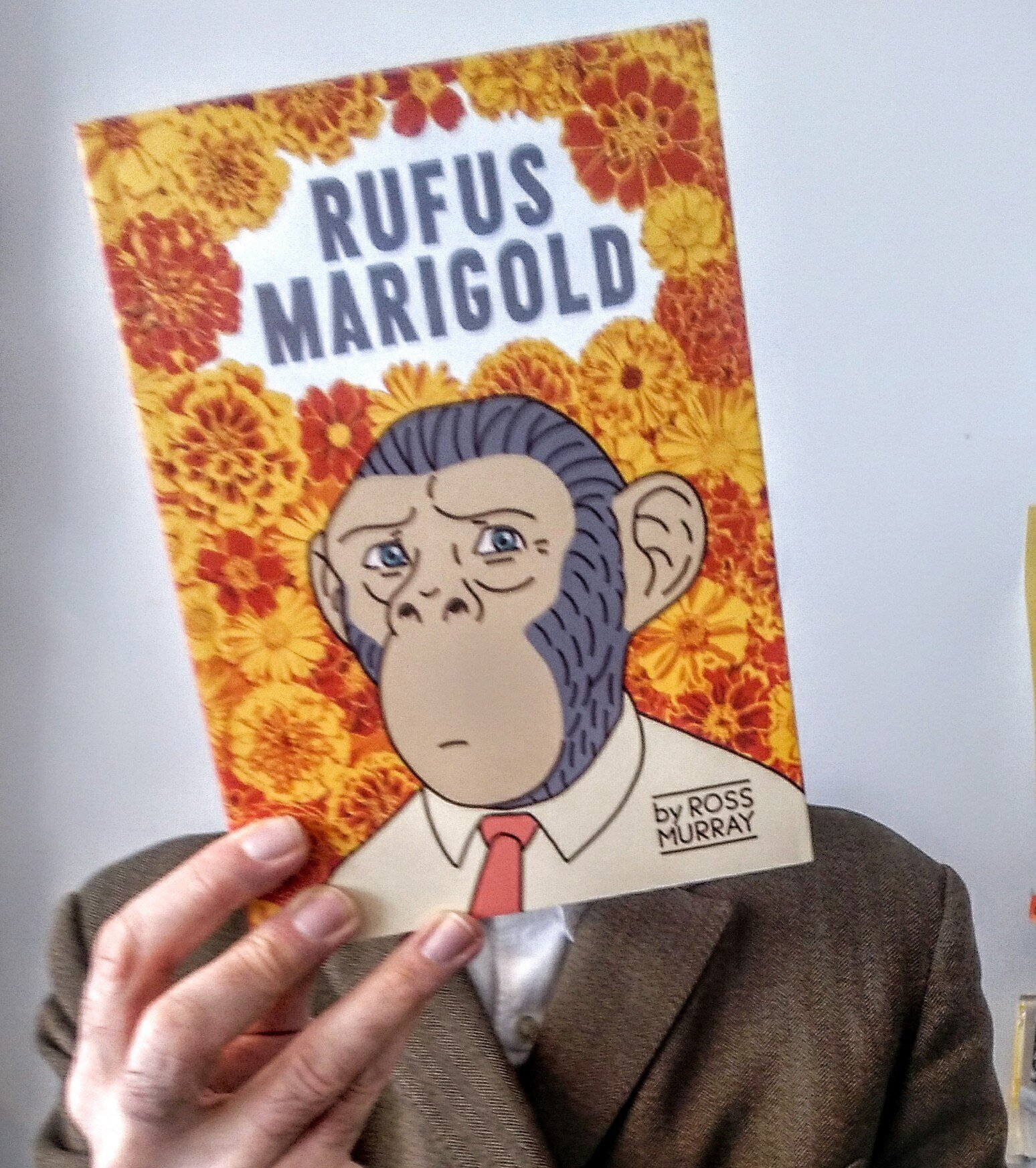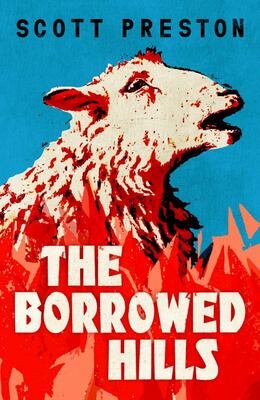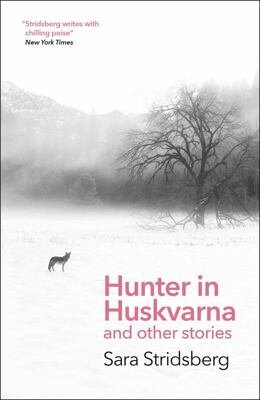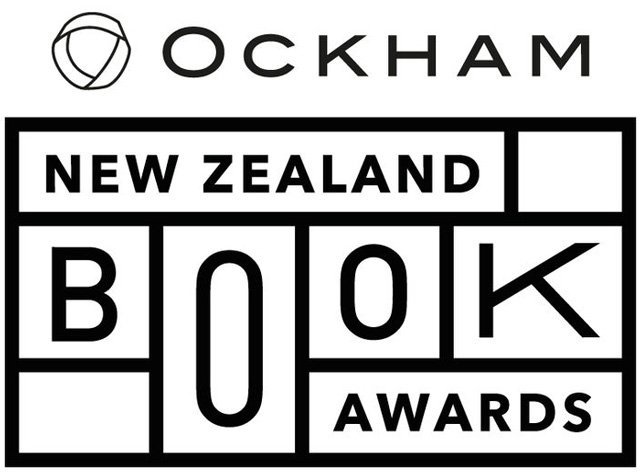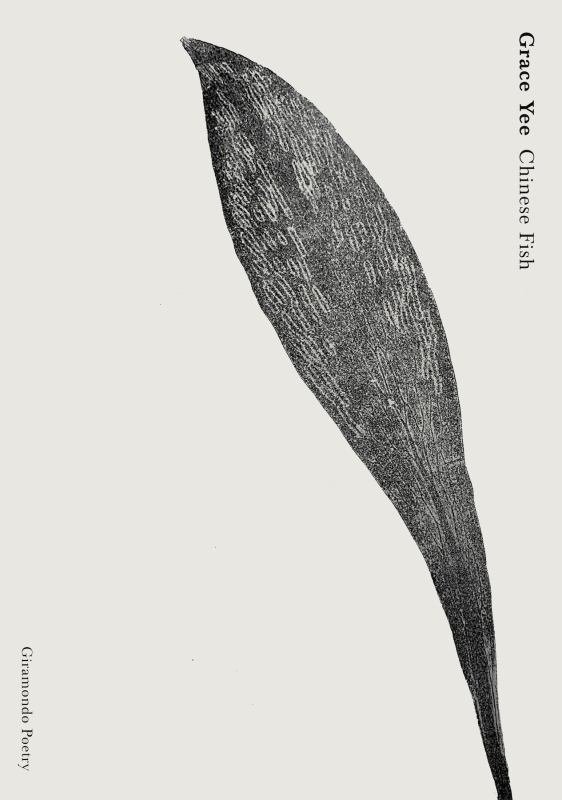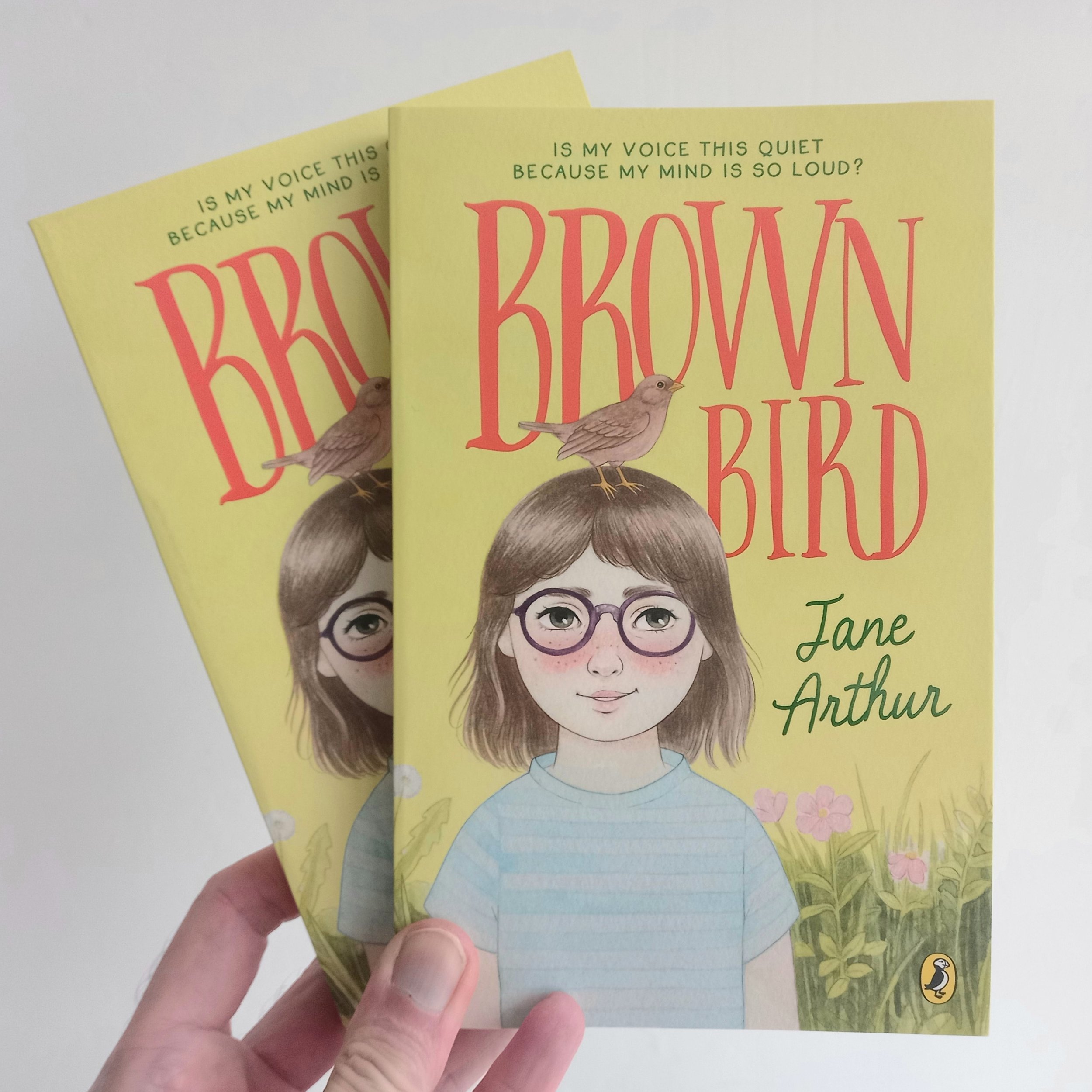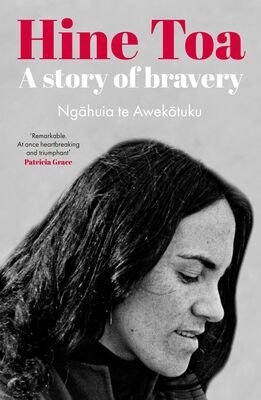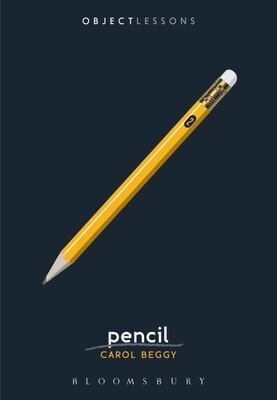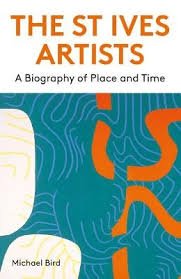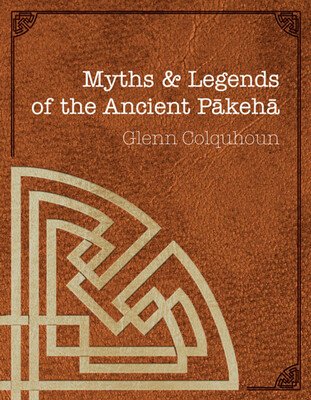Out of the carton and into your hands!
Click through for your copies:
Wrong Norma by Anne Carson $38
Wrong Norma is Anne Carson's first book of original material in eight years, and a facsimile edition of the original hand-designed book, annotated and corrected by the author. Anne Carson is famously reticent, asking that her books be published without cover copy, she has agreed to say this: “Wrong Norma is a collection of writings about different things, like Joseph Conrad, Guantanamo, Flaubert, snow, poverty, Roget's Thesaurus, my Dad, Saturday night, Sokrates, writing sonnets, forensics, encounters with lovers, the word ‘idea’, the feet of Jesus, and Russian thugs. The pieces are not linked. That's why I've called them ‘wrong’.”
Hard by the Cloud House by Peter Walker $40
The legend of Pouakai, a.k.a. the extinct Haast's Eagle, takes Peter Walker on a journey from an 1860s Canterbury sheep run to a deep cave near Karamea as he learns the story of the mighty hunter that inhabited a peak in the foothills of the Southern Alps. Was it the same creature as The Rukh of Arabic legends? And, if so, was that evidence that in the twelfth century Arabic and Chinese explorers ventured as far as the South Pacific, saw Pouakai, and traded with Maori? From Kai Tahu's fatal encounter with colonisation to the glories of tenth century Baghdad and ceremonies at the great Tahitian marae Taputapuatea, Hard by the Cloud House is a heady, powerful, speculative, seductive mix of history, memoir, science and myth.
Counterfutures #15 edited by Neil Vallelly $25
COUNTERFUTURES is a multidisciplinary journal of Left research, thought, and alternatives, with a focus on Aotearoa. The essays, articles, interviews and reviews are urgent, thoughtful, and vital. This issue includes: An interview with Franco ‘Bifo’ Bifardi on ‘Futurism without a future’, and on using psychoanalysis to comprehend political events today; A review of Eleanor Catton’s novel Birnam Wood, which situates it within a revision of the South Island myth that has occupied a privileged place in settler aesthetic traditions; An assessment of the 2023 New Zealand General Election by Metiria Turei, Sue Bradford, and Jack Foster, and its implications for left politics in Aotearoa; An exploration by Neil Vallelly of the entwined relationship btween democracy and violence, as revealed in the current Israeli siege of Gaza; An analysis of the ‘religious right’ and its involvement in politics in Aotearoa, by Isabella Gregory; An overview of contesting Treaty histories, by Emma Gattey; Essays on the growing importance of a nationally co-ordinated union movement, the possibilities of inclusive debt forgiveness, and on the meeting of theory and the lived experience of sex workers in Aotearoa.
Splinters by Leslie Jamison $40
In this blend of memoir and criticism, Leslie Jamison turns her attention to some of the most intimate relationships of her life — her consuming love for her young daughter, and a ruptured marriage once swollen with hope — and examines what it means for a woman to be many things at once: a mother, an artist, a teacher, a lover.
”Splinters is as sharp and piercing as its title — a brilliant reckoning with what it means to make art, a self, a family, a life. This memoir is a masterclass.” —Maggie Smith
Women Holding Things by Maira Kalman $70
"What do women hold? The home and the family. And the children and the food. The friendships. The work. The work of the world. And the work of being human. The memories. And the troubles. And the sorrows and the triumphs. And the love." Women Holding Things features Kalman’s signature bright, bold images accompanied by thoughtful and intimate anecdotes, recollections, and ruminations. Many of the subjects draw from her own personal history, and most of the paintings are portraits of women, both ordinary and famous, including Virginia Woolf, Sally Hemings, Hortense Cezanne, Gertrude Stein, as well as Kalman's family members and other real-life people. These women hold a range of objects, from the mundane — balloons, a cup, a whisk, a chicken, a hat — to the abstract — dreams and disappointments, sorrow and regret, joy and love. Kalman considers the many things that fit physically and metaphorically between women's hands: We see a woman hold a book, hold shears, hold children, hold a grudge, hold up, hold her own. In visually telling their stories, Kalman lays bare the essence of the women's lives — their tenacity, courage, vulnerability, hope, and pain. Ultimately, she reveals that many of the things we hold dear — as well as those that burden or haunt us — remain constant and connect us from generation to generation.
Greekish: Everyday recipes with Greek roots by Georgina Hayden $60
Georgina Hayden’s Taverna: Recipes from a Cypriot kitchen is one of our favourite cookbooks at home, so we can’t wait to start using her easy-to-us but entirely delicious new book, Greekish, which contains 120 dynamic recipes springing from her Cypriot Greek heritage and into the everyday. Standout recipes include: Fried sesame cheese bites to serve up as an irresistible snack;Tuna, egg and caper salad to make an easy lunch; Sticky aubergine and pomegranate tart for a crowd-pleasing centrepiece; Spanakopita jacket potatoes as a twist on the weeknight classic; One-pot pastisio for an easy meal everyone will love; Kebabs delivering the ultimate barbecue; Baklava cheesecake as a show-stopping dessert. There are easy breakfasts, small dishes and snacks, salads, desserts and even whole sections of recipes inspired by the iconic spanakopita and baklava.
H is for Hope by Elizabeth Kolbert and Wesley Allsbrook $40
Climate change resists narrative and yet we must see clearly what's happening in our world. Millions of lives are at stake, and upwards of a million species. We must act. In H Is for Hope, Elizabeth Kolbert investigates the history, and future, of climate change from A, for Svante Arrhenius, who created the world's first climate model in 1894, to Z, for Net Zero. Along the way she looks at Greta Thunberg's 'blah blah blah' speech, flies an all-electric plane, experiments with the effects of extreme temperatures on the human body, and struggles with the deep uncertainty of the future. Complemented by Wesley Allsbrook's gorgeous, colour illustrations, H Is for Hope offers an inspiring, worrying and, above all, hopeful vision for how we can still save our planet.
Nadezhda in the Dark by Yelena Moskovich $33
On the longest night of a Berlin winter two women sit side-by-side. Both fled the Soviet Union as children, one from Ukraine, and her girlfriend from Russia.
A thigh shifts, fingers fold in, a shoulder is lowered. Neither speak. As silence weighs heavy between them, decades of Ukrainian and Russian history resurface, from Yiddish jokes, Kyiv's DIY queer parties and the hidden messages in Russian pop music, to resistance in Odessa, raids in Moscow clubs and the death of their friend. As the requiem inside the narrator's head expands within the darkness of the room, she asks the all-important question: what does it mean to have hope?
”Yelena Moskovich is a true original, a literary titan, an innovator, her prose is both poetry and punk, political without any obviousness to it, pure, demented in the best possible way, and always brilliant..” —Jenni Fagan
Kafka by Nishioka Kyodai $30
Nine of Franz Kafka's most memorable tales are here given fresh life with dazzling graphic renderings by the brother-and-sister manga creators Nishioka Kyodai. With their distinctive, surreal style of illustration, they have reimagined the fantastic, the imperceptible and the bizarre in Kafka's work, creating a hauntingly powerful visual world. These stories of enigmatic figures and uncanny transformations are stripped to their core, offering profound new understandings. Includes The Metamorphosis, A Hunger Artist, In the Penal Colony, and A Country Doctor.
Humanise: A maker’s guide to building our world by Thomas Heatherwick $38
A story about humanity told through the lens of our buildings. Our world is losing its humanity. Too many developers care more about their shareholders than society. Too many politicians care more about power than the people who vote for them. And too many cities feel soulless and depressing, with buildings designed for business, not for us. So where do we find hope? Thomas Heatherwick has an alternative. By changing the world around us, we can improve our health, restore our happiness, and save our planet. The time has come to put human emotion back at the heart of the design process. Drawing on thirty years of making bold, beautiful buildings, neuroscience and cognitive psychology, Heatherwick brings together vivid stories and hundreds of beautiful images into a remarkable visual compendium.
”Humanise is a masterwork. It's quietly furious, impassioned, rigorous and forensic in all the right doses. It leaves me very hopeful indeed about how things could go from here.” —Alain de Botton
An African History of Africa: From the dawn of humanity to independence by Zeinab Badawi $40
Everyone is originally from Africa, and this book is therefore for everyone.For too long, Africa's history has been dominated by western narratives of slavery and colonialism, or simply ignored. Now, Zeinab Badawi sets the record straight.In this fascinating book, Badawi guides us through Africa's spectacular history - from the very origins of our species, through ancient civilisations and medieval empires with remarkable queens and kings, to the miseries of conquest and the elation of independence. Visiting more than thirty African countries to interview countless historians, anthropologists, archaeologists and local storytellers, she unearths buried histories from across the continent and gives Africa its rightful place in our global story. The result is a gripping new account of Africa — an epic, sweeping history of the oldest inhabited continent on the planet, told through the voices of Africans themselves.
The Book of All Loves by Agustín Fernández Mallo (translated from Spanish by Thomas Bunstead) $33
Blending fiction and essay, poetry and philosophy, Agustin Fernandez Mallo's The Book of All Loves is a startling, expansive work of imaginative agility, one that makes the case for hope in the midst of a disintegrating present. In the wakeof the Great Blackout, faced with the near-extinction of humanity, a pair of lovers speak to each other. They parse, with precision, with familiarity, the endless aspects of their love. Out of their dialogues, piece by piece, a composite image of love takes form, one that moves outwards beyond the realm of relationships and into philosophy, geology, physics, linguistics. Years previously, a writer and her husband, a Latin professor, stay in Venice while she works on a text. As they roam the city, strange occurrences accumulate, signalling that the world around them is heading towards a point of no return.
”There are certain writers whose work you turn to knowing you'll find extraordinary things there. Borges is one of them, Bolano another. Agustin Fernandez Mallo has become one, too.” —Chris Power
”The most original and powerful author of his generation in Spain.” —Mathias Enard
Swimming Pool (‘Object Lessons’ series) by Piotr Florczyk $23
As a former world-ranked swimmer whose journey toward naturalization and U.S. citizenship began with a swimming fellowship, Piotr Florczyk reflects on his own adventures in swimming pools while taking a closer look at artists, architects, writers, and others who have helped to cement the swimming pool's prominent and iconic role in our society and culture. Swimming Pool explores the pool as a place where humans seek to attain the unique union between mind and body.
”Having spent most of my life around a pool, no one would fault me taking it for granted. But Swimming Pool tells a unique and compelling story of the swimming pool, allowing me to appreciate that it's more than just a place to cool off or go back and forth along a black line. Florczyk has done a remarkable job bringing to the surface the potentially unanticipated way that pools have affected us, for the good and the bad.” —Rada Owen
Immediacy: Or, the Style of Too Late Capitalism by Anna Kornbluh $43
Contemporary cultural style boosts transparency and instantaneity. These are values absorbed from our current economic conditions of ‘disintermediation’: cutting out the middleman. Like Uber, but for art. Immediacy names this style to make sense of what we lose when the contradictions of twenty-first-century capitalism demand that aesthetics negate mediation. Surging realness as an aesthetic program synchs with the economic imperative to intensify circulation when production stagnates. ‘Flow’ is the ultimate twenty-first-century buzzword, but speedy circulation grinds art down to the nub. And the bad news is that political turmoil and social challenges require more mediation. Collective will, inspiring ideas and deliberate construction are the only way out, but our dominant style forgoes them. Considering original streaming TV, popular literature, artworld trends and academic theories, Immediacy explains the recent obsession with immersion and today's intolerance of representation, and points to alternative forms in photography, TV, novels and constructive theory that prioritize distance, impersonality and big ideas instead.
Time’s Echo: The Second World War, the Holocaust, and the Music of Remembrance by Jeremy Eichler $55
When it comes to how societies commemorate their own distant dreams and catastrophes, we often think of books, archives, or memorials carved from stone. But in Time's Echo, Jeremy Eichler makes a revelatory case for the power of music as culture's memory, an art form uniquely capable of carrying forward meaning from the past. Eichler shows how four towering composers — Richard Strauss, Arnold Schoenberg, Benjamin Britten and Dmitri Shostakovich — lived through the era of the Second World War and the Holocaust and later transformed their experiences into deeply moving works of music, scores that carry forward the echoes of lost time.
The Apprentice Witnesser by Bren MacDibble $20
That's what my photos are. Little moments. All the good moments, the kind moments, the moments of care and love that, if you add them all together, make a life sweet. Bastienne Scull is a young orphan who lives with the local Witnesser of Miracles, Lodyma Darsey, who investigates 'miraculous events' and spins them into stories she tells at the night markets. After Lodyma's husband and elder son died of a sickness that continues to sweep the land, she sent her teenage son Osmin into the hills to live with the mountain men. That was ten years ago, and Lodyma doesn't know if he's alive or dead. And she's taken Bastienne as an apprentice to fill the void of her lost family. One day, two young boys arrive in town asking Lodyma to go on a mysterious mission to a monastery. And when Lodyma and Bastienne arrive, what they discover will change their lives.
”A classic MacDibble: young Basti is a delight as she searches for her strength and a family in a post-apocalyptic world, leaving us with a glimmer of hope for her future and our own.” —Wendy Orr
”Bren MacDibble has become well-known for her unique and heartfelt adventure novels. She is particularly astute at writing timely and inventive stories exploring the impacts of climate change. There are plenty of twists for younger readers who enjoy a good dash of marvel and intrigue with their adventure stories. MacDibble's use of language is unparalleled, and she illustrates hope and resilience through her characters.” —Books & Publishing
Birnam Wood by Eleanor Catton $28
A landslide has closed the Korowai Pass in New Zealand’s South Island, cutting off the town of Thorndike, leaving a sizable farm abandoned. The disaster presents an opportunity for Birnam Wood, a guerrilla gardening collective that plants crops wherever no one will notice. But they hadn’t figured on the enigmatic American billionaire Robert Lemoine, who also has an interest in the place. Can they trust him? And, as their ideals and ideologies are tested, can they trust each other? New (cheaper) edition.
"I wanted the novel to explore the contemporary political moment without being itself partisan or propagandistic. I wanted it to be fateful but never fatalistic, and satirical, but not in a way that served the status quo. Most of all, though, I wanted it to be a thriller, a book of action and seduction and surprise and possibility, a book where people make choices and mistakes that have deadly consequences, not just for themselves, but for other people, too. I hope that it’s a gripping book, a book that confides in you and makes you laugh and – crucially, in a time of global existential threat – that makes you want to know what happens next." —Eleanor Catton
